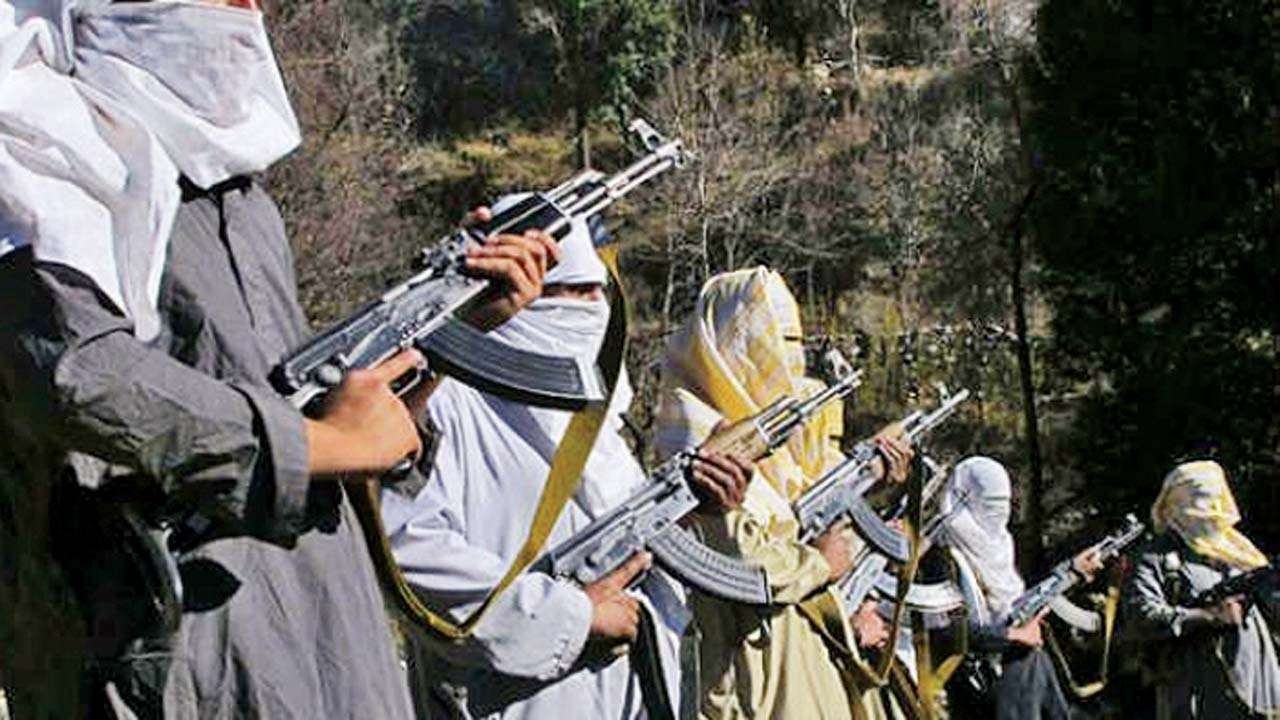Terrorism in Kashmir
Terrorism in Kashmir is a continuous tactical issue in the world since the partition of British India in 1947. A region constituting the southern portion of Jammu and Kashmir; Ladakh, has been subjected to the worst atrocities. This issue has led to the Kashmiri insurgency or Kashmir Intifada. Several terrorist organizations such as Lashkar-e-Taiba, Jaish-e-Mohammed, Ansar Ghazwat-ul-Hind, Hizbul Mujahiheen, Harkat-ul-Hind were observed to be participating in this movement with the help of the Pakistan government.
Reasons that led to terrorism in Kashmir
In July 1988, a series of disturbances and violent led to the Kashmir insurgency; one of the acts which occurred during the 1987 disputed state election in Kashmir; favouring the separation of Kashmir to the Indian government. This led to the rising of armed insurgency movement by those who unfairly lost the elections. It was speculated that Pakistan supplied these groups with logistical, arms, recruits and training.
Kashmir being the only Muslim majority state in Hindu majority India, several radical Islamic views have emerged and changed the ideologies of the movement of Islam ever since. This happened with the capture of the Kashmir valley by a large number of Jihadi fighters or Mujahedeen after the invasion of Afghanistan by the Soviet fighters. With the help of Inter-Services Intelligence of Pakistan as the provider of moral and diplomatic affairs to the separatist movement, the trained Mujahedeen infiltrated into Kashmir to fight in Jammu and Kashmir. According to the Indian Army data quoted by Reuters, over 70 Kashmiris joined the insurgency in 2014. These include, the banned group Lashkar-e-Taiba, which was also accused of carrying the attacks on Mumbai in 2008.
Reduction of terrorism in Kashmir according to reports: –
Indian Army Chief General MM Naravane on February 20, 2020 said that the pressure built up by the Financial Action Task Force(FATF) on Pakistan is one of the factors behind the reduction of terrorism in Kashmir valley. He also told “there are still 15-20 terrorist camps inside Pakistan occupied Kashmir where there are around 250-350 terrorists at any time and numbers may fluctuate but what is positive and appreciable is the fact that the local youth are not picking up the guns compared to what had been the practice. Only some of them, have picked up guns.”
Consequences of Terrorism in Kashmir
The conflict between Indian forces and militants have led to a large number of casualties. The death of many civilians and militants have resulted with the targeted attacks by various armed groups. The official Reports presented in the Jammu and Kashmir Assembly in July 2009 , states that there were over 3,400 disappearance cases and more than 47,000 people deaths which also includes 7,000 police personnels.
After the insurgency started in Kashmir valley in late 1980’s, Indian troops had migrated to the Kashmir valley to control the insurgencies caused by the terror organizations on the Indian government. However these troops have been accused and held accountable for violating human rights and have engaged in torture, rape, sexual abuse and mass extrajudicial killings of the innocents. The government’s inability to protect people from both the terror organizations and its own troops has further eroded complications in both the state and central government.
Former Indian army chief general V.K. Singh rejected the accusations that the action was not taken against the army personnel for the violation of the human rights. However, according to the Human Rights Watch, the military in India was impotent to deal with the basic and serious human rights and were held accountable for the covering up evidence and protecting the involved officers. The Amnesty international in its report in 2015, titled “Denied-Failures in Accountability in Jammu and Kashmir” says “……with respect to investigations, an inquiry that is conducted by the same authority accused of the crime raises serious questions about the independence and impartiality of those proceedings”, adding to that it also stated that according to the international law, an independent authority that is not involved in the alleged violations has to investigate such crimes. These human rights violations by both internal and external forces are said to have contributed to the raise of violence in Kashmir.
Way forward
However, to reduce the terrorism in Kashmir the state and the central government have to provide a safe and peaceful environment to the people in Kashmir by communicating in an approachable manner without suspecting, abusing, killing and ruining their lives. Handling the terror organizations sensitively and protecting the locals can bring peace between the armed forces and the locals. Contrary to the past, the crime rate on locals by both the Indian troops and terror organizations have been reduced but not eliminated.
It is very sad that in the era of 5G mobile internet connections the locality of Kashmir has been restricted to 2G mobile internet services on post-paid connections followed by the curfew of locals to prevent terror organizations from accessing their groups. The government spokesperson Mr. Rohit Kansal told the reporters that “there shall be complete restriction on social media applications. The full details of facilitations as well as safeguards have already been outlined in the government order issued by competent authority”. This causes many disruptions in the lives of students and education besides working classindividuals. To prevent the youth from joining into terror organizations it is the duty of the government to offer peace, education and human rights to the people in Kashmir.
Havila Reddy
Miranda House, Delhi University

